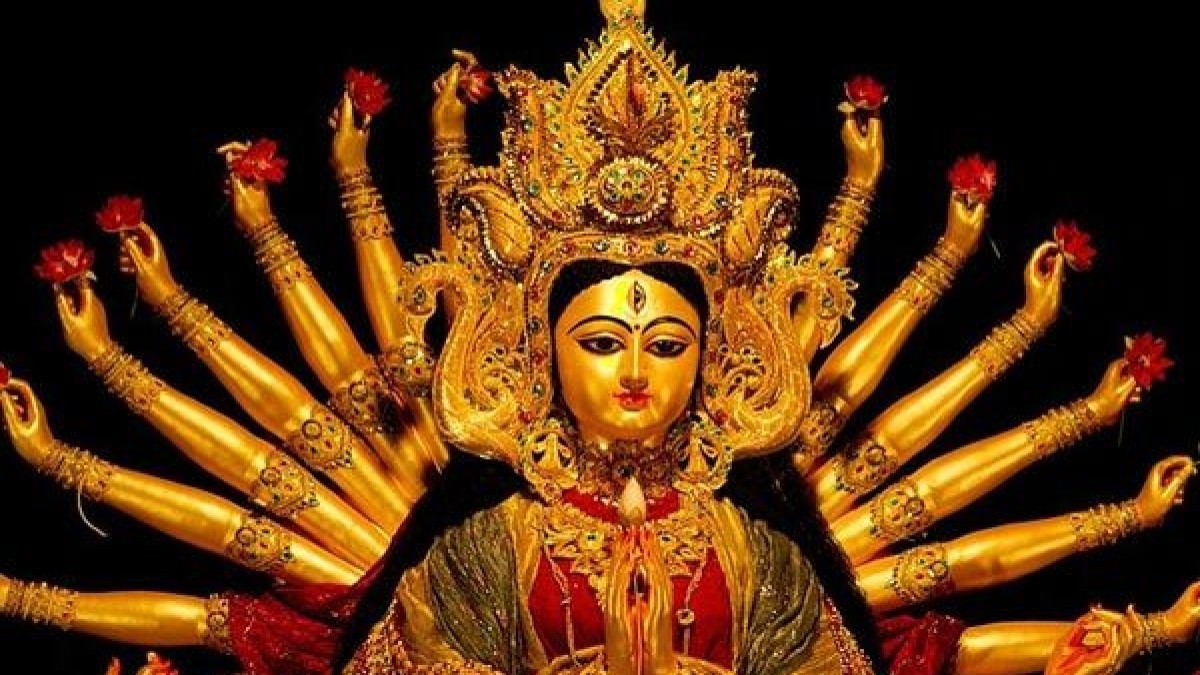In many regions of India, the arrival of the Ashwayuja month signals the beginning of a vibrant and spiritually significant festival known as Shardiya Navratri. This festival, dedicated to Goddess Durga, is a time of intense devotion, fasting, prayers, and exuberant dance celebrations like Garba and Dandiya.
The Significance of Shardiya Navratri:
Shardiya Navratri, also referred to as Maha Navratri, typically falls in the lunar month of Ashwayuja, which usually corresponds to September or October. This nine-night festival is celebrated with great enthusiasm, marking the victory of Goddess Durga over the buffalo demon Mahishasura, symbolizing the triumph of good over evil.
Fasting and Devotion:
During Shardiya Navratri, devotees observe fasts and adhere to strict dietary restrictions. Some may choose to abstain from certain foods or eat only one meal a day. Fasting is seen as a way to purify the body and mind, and it is believed to invoke the blessings of the Goddess.
Goddess Worship:

Each night of Navratri is dedicated to one of the nine forms of Goddess Durga, collectively known as Navadurga. Devotees visit temples and conduct elaborate rituals to honor the Goddess, seeking her divine blessings and protection.
Garba and Dandiya:
One of the most anticipated aspects of Shardiya Navratri is the spirited dance forms of Garba and Dandiya. These dances involve intricate footwork and vibrant costumes and are performed in large groups, often in beautifully decorated circles. The dancers move in synchronized patterns, creating a mesmerizing and joyful spectacle. These dances celebrate the Goddess’s divine presence and the essence of community and togetherness.
Community Gatherings:
Shardiya Navratri is not just a religious festival; it’s also a time for community bonding and social gatherings. People come together to celebrate, exchange pleasantries, and revel in the cultural festivities. In many parts of India, it’s a time for friends and family to connect and share the joy of dance, music, and delicious traditional food.
Traditional Attire:
During Navratri, men and women don traditional attire. Women wear colorful chaniya cholis or saris, often embellished with intricate embroidery and mirror work. Men don kurtas and turbans, completing the traditional look.
Shardiya Navratri is not just a festival; it’s a cultural and spiritual phenomenon that captures the essence of devotion, dance, and community. It’s a time when people come together to celebrate the victory of good over evil, invoke the blessings of the Divine Mother, and revel in the joy of life through music and dance. This festival embodies the rich tapestry of Indian culture and the enduring spirit of unity and celebration.
